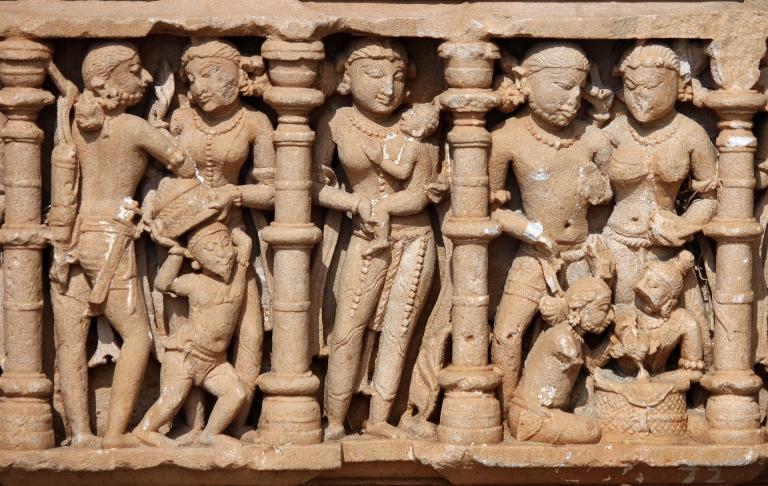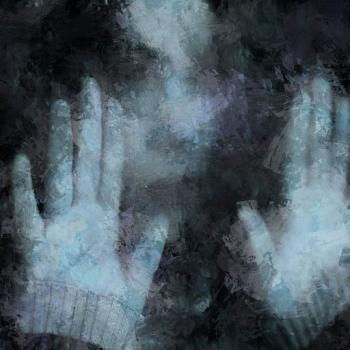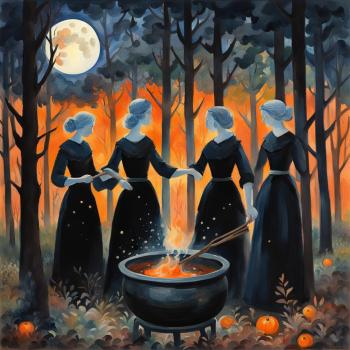These days of re-evaluating what we say, what we read, what we allow have been a bit challenging. Looking back on the books that we loved, or that people have recommended and finding out that they are really not that great. Some books just don’t age well.

Recently, Jason Mankey posted about his reflections on some of the books from his early witchy days. In the post, Mankey talks about how Cunningham would make references to “traditional” practices without any references to where those practices came from. In some cases, these practices are from other, currently living, cultures without any acknowledgement of that fact. This is a common problem that I see – not just in the older books. I love the fact that some of the newer pagan authors (like Mankey) are happy to share information on where the practices that they are talking about come from – and add a bibliography!
I’m currently working on a trance class which has me trying out different ways to go into trance. One of the books suggested is Ecstatic Body Postures: An Alternate Reality Workbook by Belinda Gore. The idea that your posture can change your trance experience so drastically is really interesting, however there are some challenges with the book. Admittedly, 10 years ago, I may not have noticed, but now I do. Gore shares with us their experiences working with Dr. Felicita Goodman who was the anthropologist who did the initial work and led the group through the first part of the study.
The book reviews a number of different poses that are believed to be trance ritual poses. The poses mostly come from archeological discoveries, or pictures of archeological finds. Gore identifies where each of the statues or images were found, and which culture they may have been part of. However, there does not seem to be any indication that there was any research into the cultures and how those cultures may have used these poses – even in the case where there are related cultures alive today.
That feels like appropriation to me. We are taking this piece of their culture and are making assumptions on how it was used and what it means.
Blerg!

This is becoming more of a challenge as I learn more about appropriation and colonization. There are so many assumptions made by anthropologists – mostly in the last century, but modern anthropologists are not immune. We all come to our research with our filters – but unless we take the time to understand what those filters are, we won’t be able to see what was actually there. Unless, of course, it happens to match our filters.
I recommend that everyone take a look at their culture and history. Try to understand where your filters are from. Maybe it’s from privilege, or lack thereof; maybe it’s from the culture you’re in, or maybe it’s just some particular perspective that you learned from your family. What do you consider appropriate, or not? Do your best to understand where your filters are and what you’re looking at. Try to see past your filters and, maybe, accept that there are viewpoints beyond your own.
There are women who fight; the color of a culture’s skin doesn’t define how intelligent or technologically advanced they are; our villains don’t usually have the same view of their actions.
We are all different. Understanding the context of the culture is key to understanding any kind of technology – scientific or spiritual or ritualistic. So the next time you read a book based on some anthropologist’s interpretation – take some time to understand who that anthropologist (or any author, really) is and what their filters might have been.














